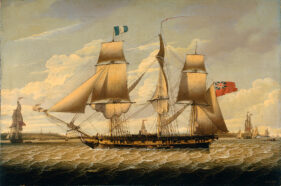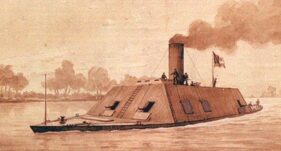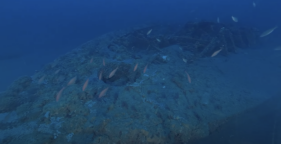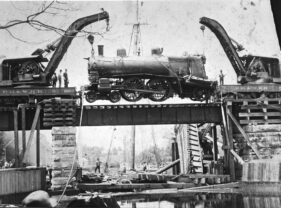Search Results for: 免費下載C-ARP2P-2404 最新考題 |第一次嘗試輕鬆學習並通過考試並且有效的SAP SAP Certified Associate - Implementation Consultant - SAP Ariba Procurement 🤽 來自網站➠ www.newdumpspdf.com 🠰打開並搜索⇛ C-ARP2P-2404 ⇚免費下載最新C-ARP2P-2404考古題
-
Underwater footage of USS Monitor’s shipwreck
The entrancing beauty surrounding the wreck site, just off the coast of North Carolina, lies in the notion that it's not just history buried there; instead, Monitor lives again, contributing to a vibrant marine ecosystem, a place that many aquatic species call home.





